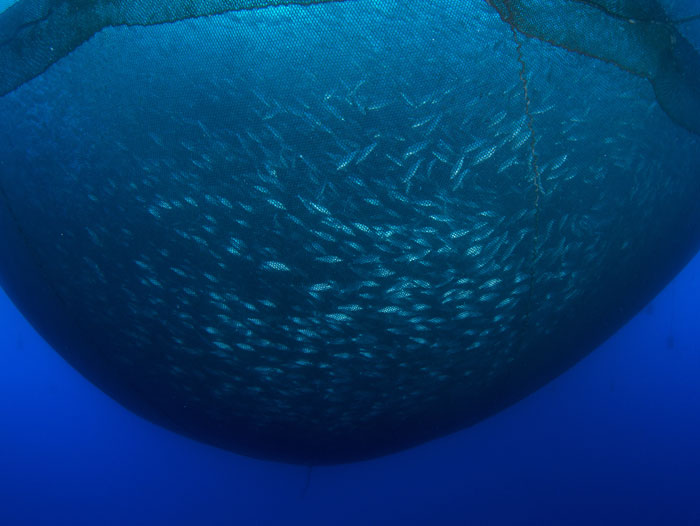From (Fish) Farm to Table: Fish Tech Gets Fancy on the Way to Your Plate
August 24, 2022 | 1 min to read

When you order salmon at a restaurant or buy it at the store, what’s the first thing you look at? Price? Nutritional information? Color?
ARS researchers are looking at all of those subjects and more as they partner with the commercial aquaculture industry to produce the salmon of the future. Historically, producers who raise fish, and the researchers who help them, have been most concerned with yield – that is, how much fish can be raised, and how quickly. The goal has been to breed fish that grow as large as possible, as fast as possible. More recently, though, that agenda has expanded as consumers and producers have begun paying attention to a host of additional issues, from sustainability to aesthetics.
One issue that’s been front and center is disease resistance. Raising large fish quickly doesn’t help producers – or consumers – if the fish are weakened or killed by sea lice, a widespread parasite that latches onto the fish in the open net pens in the ocean where most commercially-farmed salmon are raised. To combat the issue, scientists are subtly shifting the emphasis in their breeding programs. According to Dr. Brian Peterson, Research Leader for the USDA-ARS National Cold Water Marine Aquaculture Center in Franklin, ME, the research emphasis is now about 70% growth/30% sea lice resistance.
To read the rest of the story, please go to: USDA ARS
